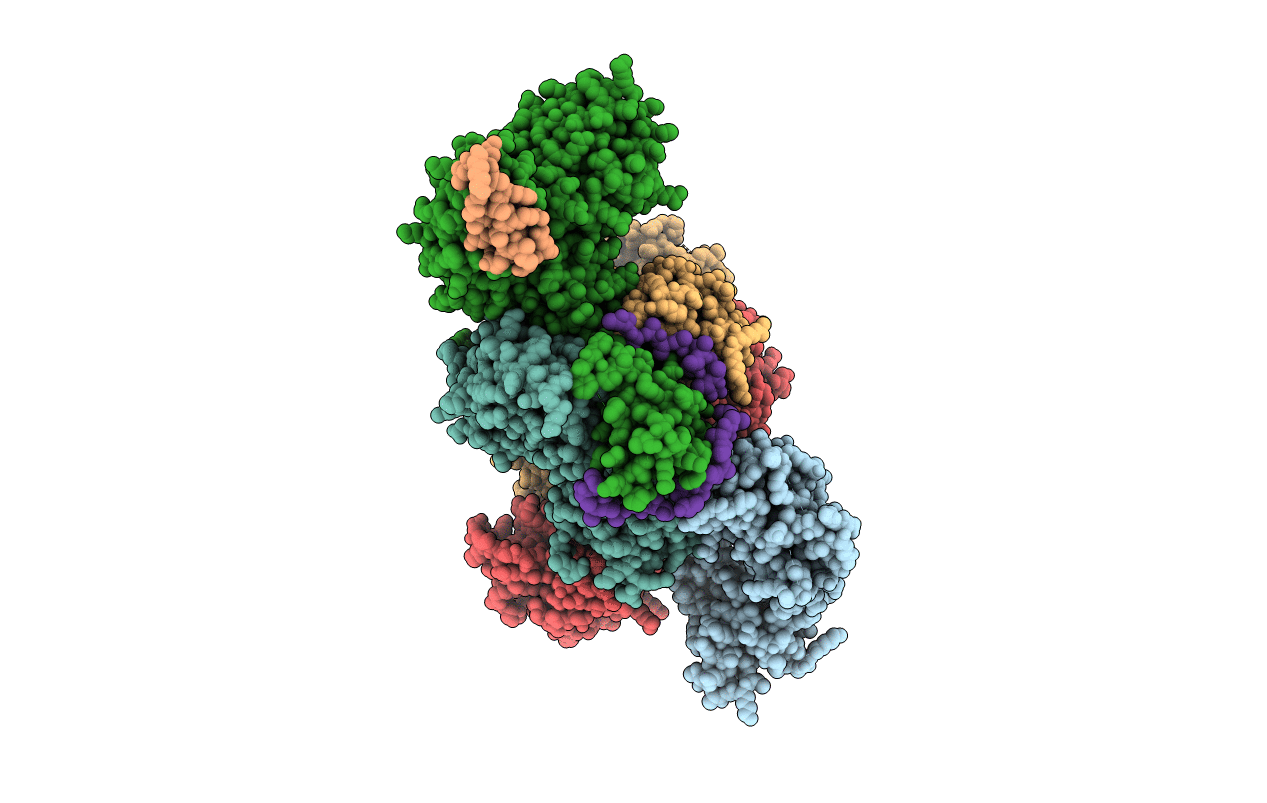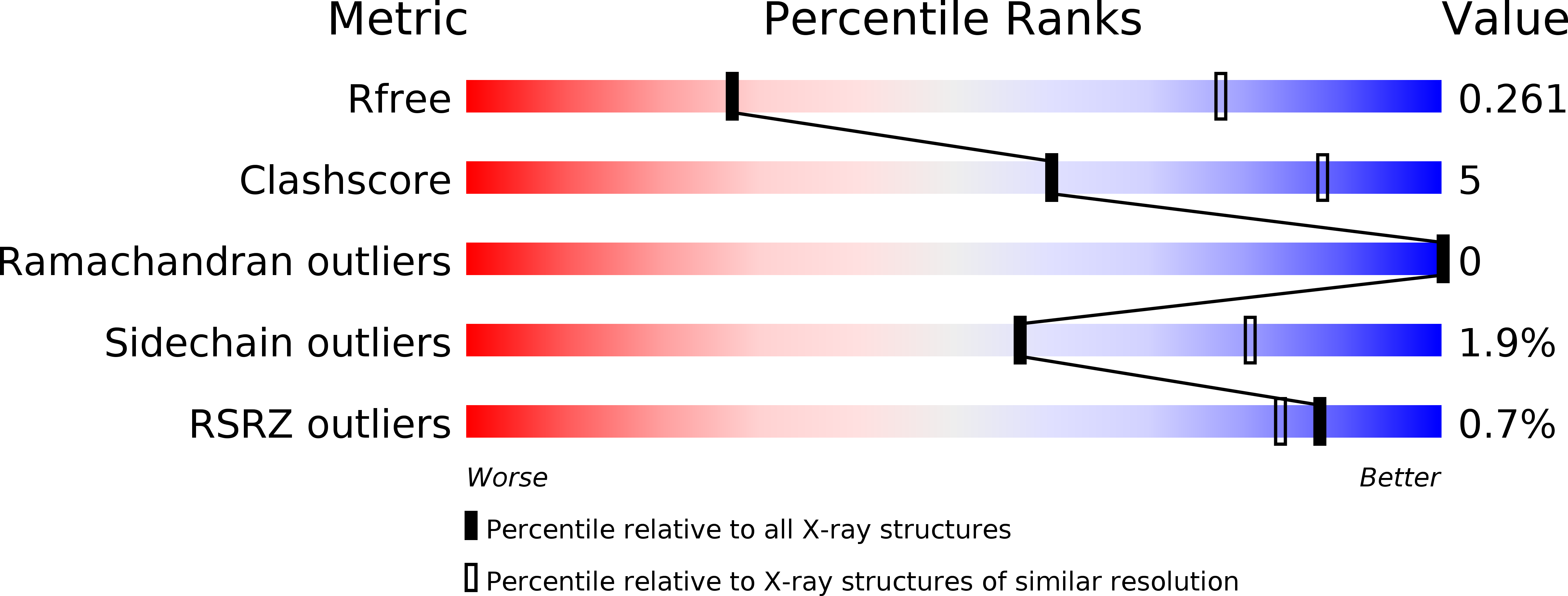
Deposition Date
2014-12-30
Release Date
2015-04-01
Last Version Date
2024-11-06
Entry Detail
PDB ID:
4XGC
Keywords:
Title:
Crystal structure of the eukaryotic origin recognition complex
Biological Source:
Source Organism:
Drosophila melanogaster (Taxon ID: 7227)
Host Organism:
Method Details:
Experimental Method:
Resolution:
3.50 Å
R-Value Free:
0.25
R-Value Work:
0.22
R-Value Observed:
0.22
Space Group:
I 2 2 2


